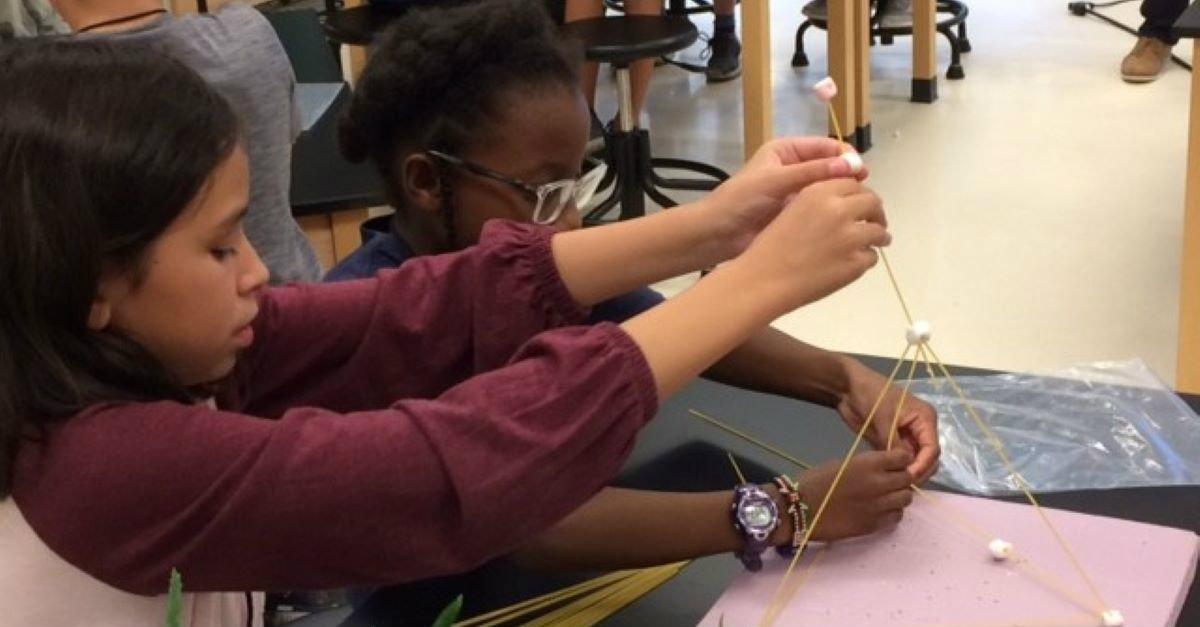I recently attended a workshop on Math Intervention Strategies. The content focused predictably on how to break concepts down into more manageable chunks and how to use manipulative to make the learning more concrete before moving on to pictorial representations and finally abstract numbers and symbols. These are common and proven strategies to help struggling students with any number of math concepts, but they weren’t satisfying the teachers in my group.
One first-grade teacher bravely admitted, “I do all that, and some of them still don’t get it.” We talked more at our table and compared what we were learning in this session to an earlier session on games in the classroom. The same teacher who admitted the research-based and carefully constructed intervention strategies weren’t working felt that the card game another teacher shared from an earlier session would work. We came to a surprising realization. Most calls for intervention are engagement issues masquerading as academic ones.
Creating Engagement in the Classroom
So, here are three ways to improve the engagement level in any classroom:
- Gamify It: Whether it’s a board game, a card game, or a video game, all games have an innately engaging quality. There is an end goal in sight that has some meaning or value; there are rules and constraints that make it challenging to get there; encouragements and setbacks along the way make it interesting; visual displays let you know how you are tracking your goal. Which of these qualities can you bring into a lesson? It’s not a matter of racking up points. Rather, create an environment where the more you read, the more you advance through obstacles. How will you reward students? How will you display progress?
- Storify It: Good storytellers can read a menu and make it interesting. Stories have beginnings, middles, and ends (although not necessarily in that order). They build intrigue and suspense. They make you want to know what happens next, and they conclude with a feeling of satisfaction. How can you channel that into whatever it is you’re teaching? With young kids, can the elements of the lesson be turned into characters in a story, creating an engaging allegory? For older students, can you recast a lecture as a narrative? Try adding a simple “first, next, then, last”” construct to see if your content can be turned into a story.
- Choicefiy It: It’s only logical that students will be more engaged in something they are interested in. So whenever possible, offer them a choice. For example, does everyone have to read the same novel? Think carefully about what it is you’re trying to teach – is it genre? Theme? Imagery? You dictate the element under study and then let them choose from a variety of novels that exemplify that element.
Igniting Authentic Interest
Does it take more planning and effort to gamify, storify, and choiceify? Maybe, but not always. When students are rewarded with authentic engagement, you’ll discover how much time is saved with less re-teaching, discipline, and of course, academic interventions. So next time you see a student struggling, before you intervene, engage!

